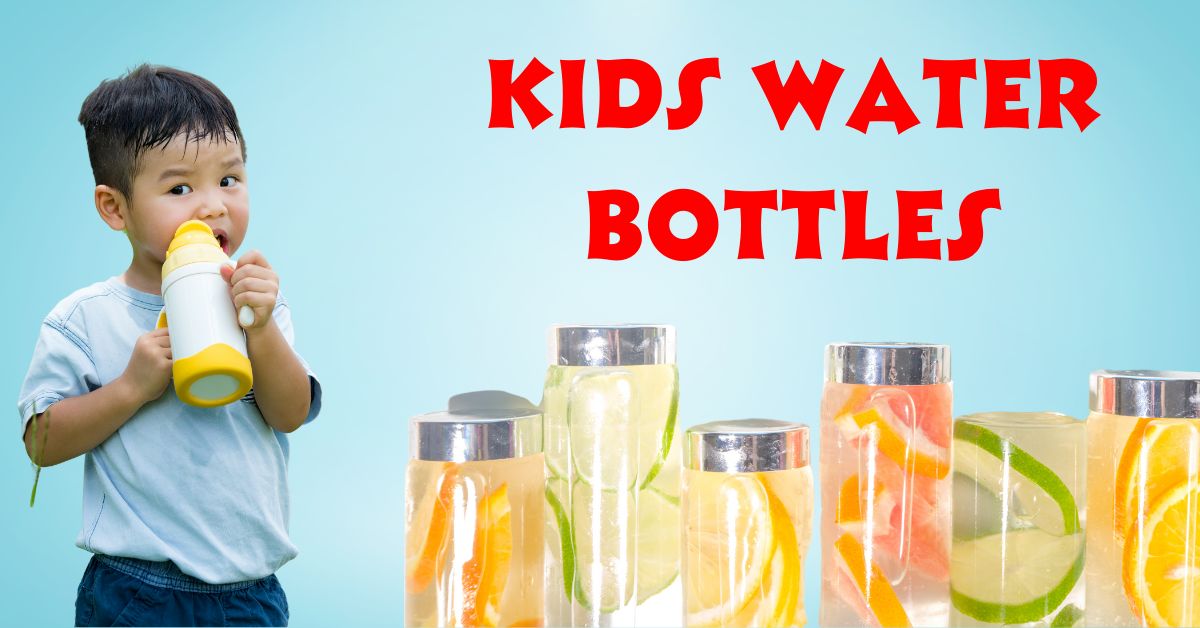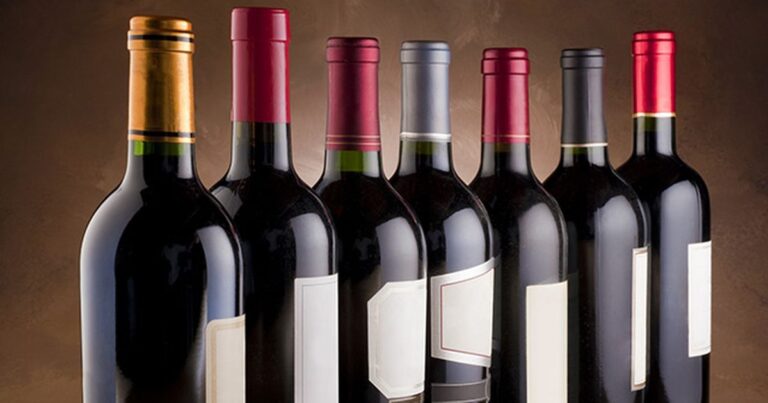
kids water bottles, In today’s fast-paced world, ensuring our kids stay hydrated is more crucial than ever. Whether it’s for school, sports, or any open discussion, having the right kids’ water bottle can make all the difference. In this article, we’ll examine everything you want to know about nearly kids’ water bottles, making it less complex for you to make the full-circle choice for your little ones.
Key Takeaways
- Variety: Kids’ water bottles come in different materials, such as plastic, stainless steel, and glass.
- Health: BPA-free materials are crucial for children’s health.
- Durability: Stainless steel bottles are the most durable, while plastic ones are lightweight.
- Ease of Use: Features like easy-to-open lids and spill-proof designs are important for younger children.
- Maintenance: Some bottles are easier to clean than others, with dishwasher-safe options being the most convenient.
What Makes Kids Water Bottles Special?
Kids’ water bottles are designed with small hands in intellect, making them less demanding to utilize and carry around. These bottles frequently come in an assortment of fun designs and colors, engaging kids and empowering them to drink more water throughout the day. Moreover, they’re made to be solid and leak-proof, to resist the everyday enterprises of your children.
The Significance of Hydration for Kids
Hydration is pivotal for everybody, particularly for developing kids. It helps in absorption, maintains energy levels, and makes a difference in general physical and mental execution. With kid’s water bottles, you’ll guarantee your child has access to water, keeping them hydrated and healthy.
Choosing the Correct Kids Water Bottle
When selecting a kid’s water bottle, there are a few variables to consider:
Material
- Plastic is lightweight and reasonable, but beyond any doubt, it’s BPA-free for safety.
- Stainless steel is strong and keeps water cold longer, but it can be heavier.
- Silicone: delicate and adaptable, regularly utilized for foldable or collapsible bottles.
Estimate and Capacity
Consider your child’s age and how much water they require. Littler bottles are appropriate for more youthful kids, whereas more seasoned children may require a bigger capacity to remain hydrated all through the day.
Plan and Features
- Gush Sort: Search for spill-proof choices like straws or spouts that are simple for kids to use.
- Ease of Cleaning: Wide-mouth bottles are by and large easier to clean, and a few can be put in the dishwasher.
- Separator: Protective bottles can keep water cold for hours, perfect for hot days.
The Most Excellent Water Bottles on the Market
Whereas there are various choices accessible, finding the finest kids’ water bottles depends on your child’s needs and inclinations. Brands like CamelBak, Contigo, and Thermos offer a range of bottles that are prevalent for their durability, security highlights, and fun designs.
Keeping it Fun and Hydrated
Energize your kids to drink more water by choosing bottles with their favorite colors or characters. Numerous brands offer customizable alternatives, permitting you to include names or stickers, making hydration a fun and personalized encounter for your child.
Table: Comparison of Different Types of Kids Water Bottles
| Material | Advantages | Disadvantages |
|---|---|---|
| Plastic | Lightweight, affordable, many designs available | Less durable, may contain harmful chemicals if not BPA-free |
| Stainless Steel | Highly durable, keeps drinks cold or hot, BPA-free | Heavier, more expensive |
| Glass | No chemical leaching maintains the taste of water | Fragile, heavier, expensive |
| Silicone | Flexible, collapsible, lightweight | Less durable, can retain odors |
FAQs around Kids’ Water Bottles
Q: How often should I clean my child’s water bottle?
Day-by-day cleaning is suggested to anticipate the buildup of germs and microbes. Take after the manufacturer’s information for the most excellent method.
Q: Can kid’s water bottles be frozen?
This depends on the fabric of the bottle. A few plastic bottles can split when solidified, so it’s best to check with the producer. For a cold water supply, fill a stainless steel bottle midway and solidify some time recently, including more water.
Q: How much water should my child drink daily?
The sum changes by age, weight, and action level. A common run of the show is eight ounces of water for each year of age, but it’s fundamental to alter based on a person’s needs.
Conclusion
Kids water bottles are a phenomenal way to guarantee your children remain hydrated all through their busy days. By choosing the correct bottle for your child, you not only make hydration simple and fun but also contribute to their overall health and well-being. Keep in mind that the most excellent water bottle is one that your child will use joyfully and frequently. So, take your time to discover the culminate coordinate, and here’s to upbeat, hydrated kids!
Guaranteeing that your child remains hydrated doesn’t have to be a chore. With the tremendous array of kids’ water bottles accessible, finding one that meets your child’s needs and inclinations can be both fun and fulfilling. By focusing on the components that matter most—safety, solidity, and design—you can give your child a bottle that will become their steady companion. Remember, the objective is to energize customary water admissions, so let your child’s identity sparkle through their choice of bottle. Here’s to cultivating solid propensities that will last a lifetime!





Can you be more specific about the content of your article? After reading it, I still have some doubts. Hope you can help me.
Brother if you need any information related to this topic please let us know.Thanks!